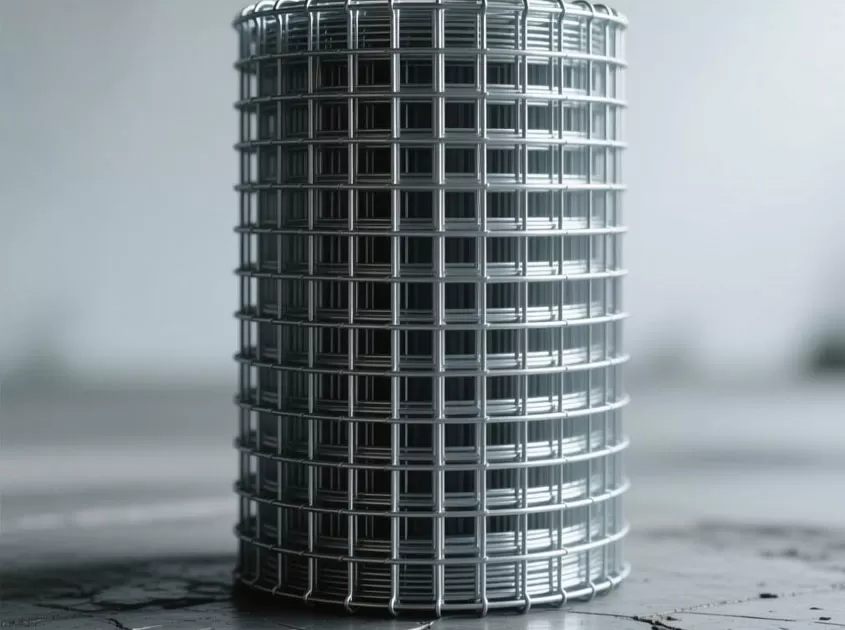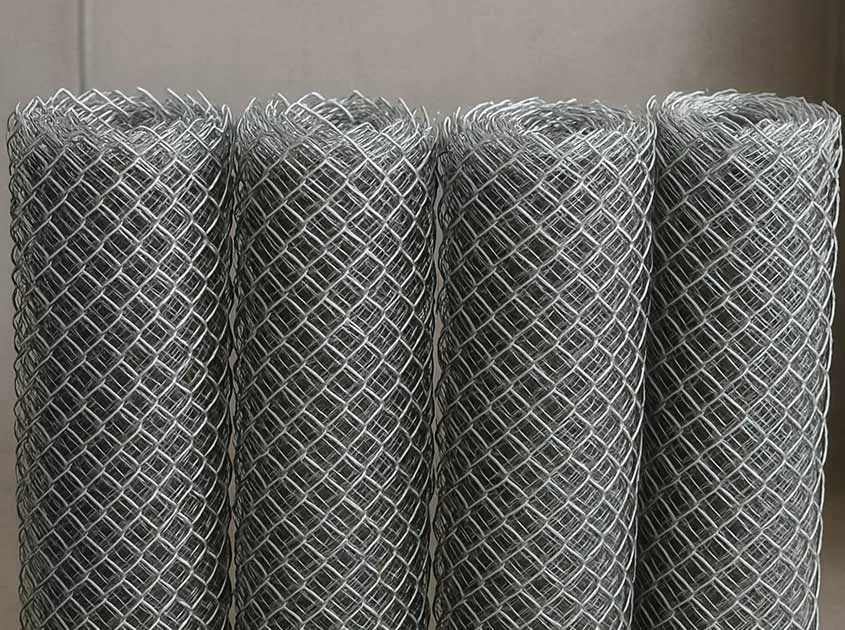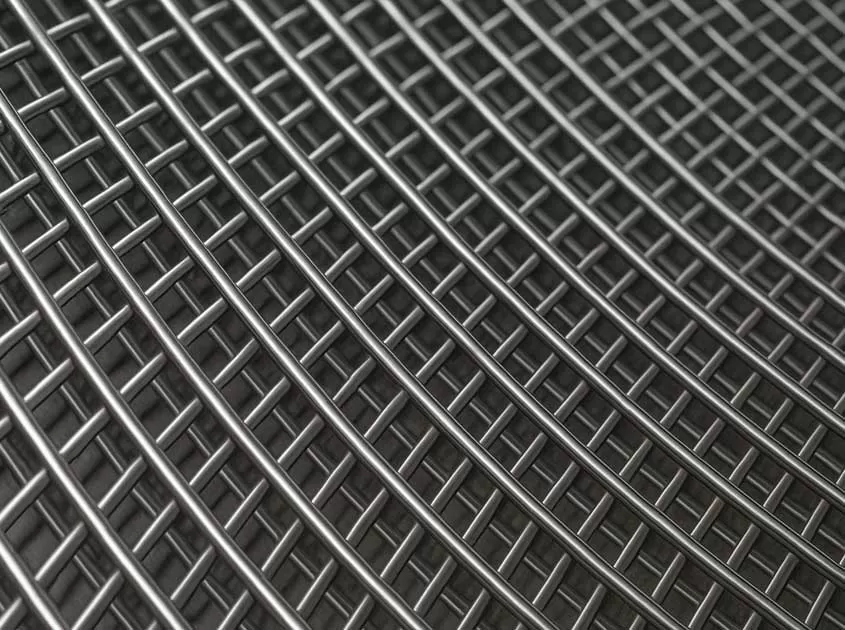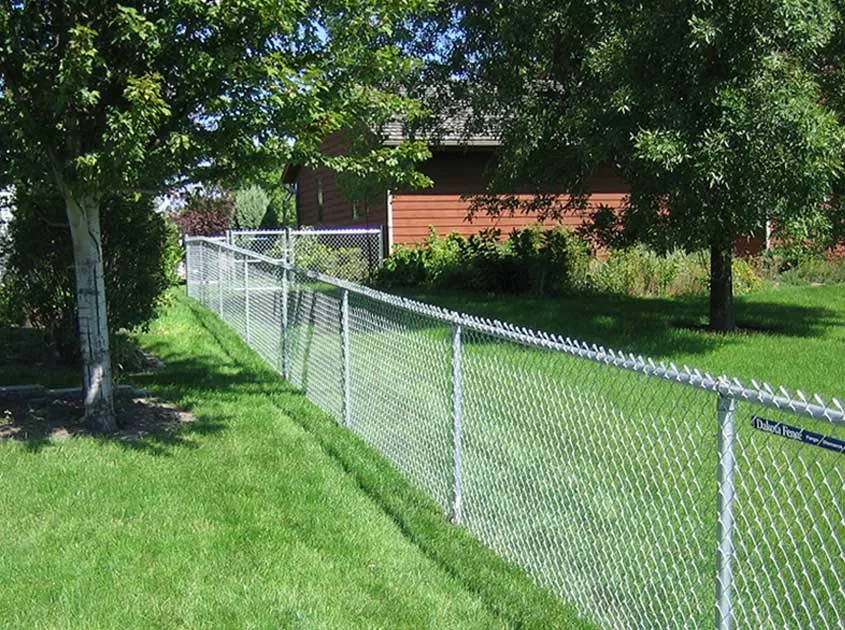Introduction to the types and characteristics of stainless steel mesh
Stainless steel mesh has the characteristics of acid resistance, alkali resistance, high temperature resistance, tensile strength and wear resistance. Therefore, it is especially suitable for sieving and filtration under acid and alkali environment conditions. Such as mud mesh in petroleum industry, sieve mesh in chemical fiber industry, pickling mesh in electroplating industry, and gas, liquid filtration and other media separation in metallurgy, rubber, aerospace, military, medicine, food and other industries.
Introduction to the types and characteristics of stainless steel mesh
Stainless steel mesh types: stainless steel woven mesh, stainless steel square hole mesh, stainless steel dense mesh, stainless steel wire mesh, stainless steel filter mesh, stainless steel mesh.
Classification of stainless steel woven mesh:
1. Stainless steel square mesh
(1) Specification and definition of square hole mesh: The specification of square hole mesh is expressed by the basic size of the mesh and the wire diameter. For example, a square mesh with a specification of "0.15/0.1", the mesh is 0.15mm and the wire diameter is 0.1mm. The mesh is made of radial wire and weft wire, so it is also divided into radial mesh and weft mesh. When radial mesh = weft mesh, it is a square mesh. When the radial mesh is larger than the latitudinal mesh, it is called a radially elongated mesh; when the radial mesh is smaller than the latitudinal mesh, it is called a zonal elongated mesh. The diameter of the warp and weft wires of the square hole mesh is equal, and the warp shrinkage rate is generally greater than the weft shrinkage rate (that is, the warp wire has a large curvature in the mesh); the square hole mesh has both plain weave and twill weave.
(2) The opening rate and filtration degree of the square mesh: The opening rate of the square mesh refers to the percentage of the total mesh area of the metal mesh to the area of the metal mesh. The size of the opening rate directly affects the screening efficiency of the screen. The screen with a large opening rate has a higher screening rate. When the square mesh is used as a filter, it can block the smallest diameter size of most solid particles, which is called the filtration degree of the square mesh. The filtration degree of a square mesh is its mesh size.
(3) The 23 main network diseases, causes and prevention methods of the square hole network will not be introduced in detail today due to the long space. If the audience is interested, they can call our hotline 7722111, and we will give a detailed introduction.
(4) Influence of square hole mesh (hole/wire) ratio on weaving process: From the perspective of weaving theory, the (hole/wire) ratio of square hole mesh should not be less than 1, and the (hole/wire) ratio should be less than 1 When it is generally difficult to weave, its minimum limit is 0.7. Usually, the high-mesh square mesh with a weaving ratio of 1-1.5 is mostly twill weave. However, when the ratio is greater than 1.35, especially when it is greater than 1.5, plain weave should be used. If twill weave is used, the warp and weft will be easily interlaced, resulting in mesh skew; when the ratio is less than 1.35, twill weave should be used, if plain weave is used , It is easy to produce a large number of broken menstruation, which greatly increases the difficulty of weaving.
(5) Features and applications of square hole mesh: Features: smooth mesh surface, mesh wire bending, etc., tight interweaving, accurate mesh; uniform structure, uniform thickness, acid and alkali resistance, corrosion resistance, etc. Suitable for petroleum, chemical, rubber, metallurgy, medicine, food and other industries.

-
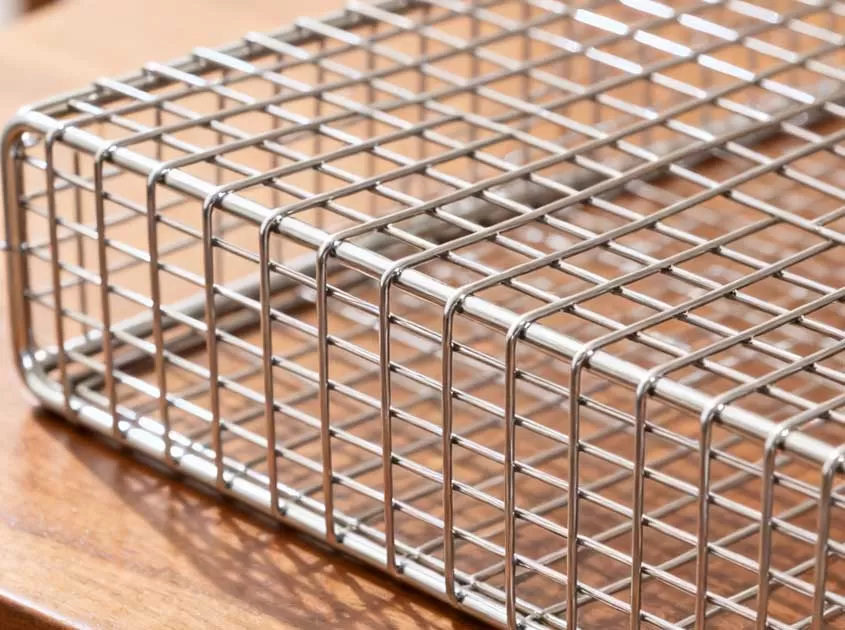 Corrosion-Resistant Stainless Steel Wire Mesh Oct 28, 2025
Corrosion-Resistant Stainless Steel Wire Mesh Oct 28, 2025

- Tel.: +86 311 83077076
- E-mail: sales@qunkunmetal.com
- Skype: qunkunsales01
- WhatsApp: 8618032412189
- Add.: No.69 The Filter Industrial Part of Anping, Hebei, China







